Landing Page Optimization (LPO) is absolutely critical in converting a prospect into a lead. While landing Page best practices are simple in theory, they can become more difficult in practice. We’ve developed a list of our top 5 tips and applied them to Destination Marketing to help guide you through it.
1. Stop Selling and Start Telling
Writing landing page copy is not intrinsically different to speaking. Think of your landing page as part of a conversation between you and your prospect. Your prospects are savvy; don’t turn them off by selling to them with gimmicky sales pitches.
Instead, talk to them. You have about seven seconds for a potential lead to orient themselves and decide whether or not they click off of your landing page. In those seven seconds, you should answer the questions:
- Where am I?
- What can I do here?
- Why should I do it?
The last question, ‘Why should I do it?’ is especially important in landing page optimization for destination marketing. It’s fairly easy to answer the first two questions with the imagery of your destination, but the last part, the why, is a little more difficult. One way to answer this is to highlight the benefits of your destination.
2. Highlight Your Benefits, as Opposed to Features
Highlighting benefits seems simple, but it’s often tough to do in practice. A way to check this is to determine if your messaging answers the prospect’s question, “What’s in it for me?” It’s also good to remember: features tell, but benefits sell.
For example, say your marketing a destination to meeting planners and your location is near a medical facility that offers tours to the medical meetings market. You could say:
“We are located x miles from XYZ Organization, which offers tours to your attendees.”
Or you could say:
“Save Time and Effort, Let Us Plan Your Tour at XYZ Organization – Our Group Sales team has planned many group tours at XYZ Organization; we know what questions to ask and can give you tips to prepare your attendees. Take advantage of this complimentary service and let us plan your tour.”
The latter focuses on the benefits to the meeting planner: they save time and effort, and gain your Group Sales team’s knowledge of working with XYZ organization. While the former simply lists the feature of your location, which the meeting planner may very well likely already know.
3. Spend Most of Your Time Writing a Clear Headline
And the rest of your time writing your CTA. That’s a bit of an exaggeration, but your headline is very important; its job is to get the prospect to continue engaging with your landing page. Your headline needs to clearly tell the user why they should do so.
A headline orients a prospect, eliminates any confusion and guides a prospect to your CTA, which is why it’s imperative that your headline be clear. Clever and clear headlines are not mutually exclusive, however, don’t sacrifice clarity or credibility for cleverness. A clever headline should be used to make your point more clear, not less.
4. Don’t Confuse Your Prospect: Keep Synergy Throughout the Funnel
How did this prospect end up on your landing page? They clicked on an ad that intrigued them. Don’t forget what made them click on your ad and use that messaging throughout the entire funnel. The same is true when using imagery in your ads: keep the imagery consistent throughout because it is very likely that the imagery motivated the click.
This seems simple, but often times we end up working in marketing silos (see our blog on how to break digital marketing silos down) and it’s easy for the messaging to become fragmented.
5. Don’t Ask for Too Much Too Soon
So you’ve oriented your prospect to your service, told them what to do next and convinced them to do it, now you need to make sure there aren’t any hurdles or friction for them to do it.
There are some instances where you need to qualify a lead, but you want to make sure you’re not asking for so much that the perceived value is too little to win the business. It’s a balancing act. For example, have you ever seen an email sign up form that asks about 20 questions? Did you fill it out? When the perceived value: the periodic informational emails, outweighs the perceived cost: the time/effort to fill out an email form, you are likely to lose the lead.
Along the same lines, you don’t want to ask for too much, too soon. For example, if your target market is meeting planners, you likely want to get them to submit an RFP for your destination. But what you don’t want to do is ask for the RFP on the landing page. Instead, it is better to create some friction in order to qualify the leads, making it clear that the perceived value outweighs the cost of filling out the form.
The key is capturing the email address (or phone number if that’s more important to your sales follow-up process). Once you have the lead, then you can focus on moving them though the funnel to get that RFP.
We put landing page optimization for destination marketing organizations into practice for every campaign we do. You can find out more about all of our web development services.


